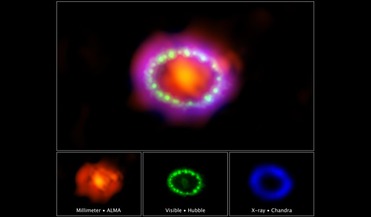 27 February 2017
Thirty years in the making - researchers show SN1987A in all of its glory
27 February 2017
Thirty years in the making - researchers show SN1987A in all of its glory
... life of the doomed star, and how it ended. Getting in on the act of observing SN 1987A since 2012, is the Atacama Large Millimetre/Submillimetre Array (ALMA). Having been observed in X-rays, UV and optical light, astronomers are now using...
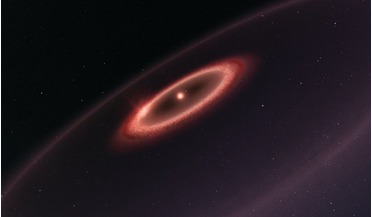 03 November 2017
Dust belt hints at more planets around our nearest star
03 November 2017
Dust belt hints at more planets around our nearest star
...unidentified additional planets,” added Anglada. The belt, which was spotted by the team using the Atacama Large Millimetre/Submillimetre Array (ALMA) in Chile, is thought to have a total mass of about one hundredth of the Earth’s mass and is as cold...
 13 January 2020
New study shows a split Solar System that kickstarted growth of Jupiter
13 January 2020
New study shows a split Solar System that kickstarted growth of Jupiter
When the Atacama Large Millimetre/Submillimetre Array (ALMA) started pointing ...huge boulders then combine under the force of gravity to form protoplanets – a large planetary embryo that through further collisions can then coalesce to make a planet or...
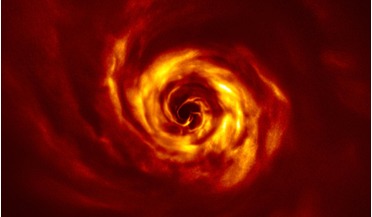 20 May 2020
Twisted feature could be the first direct evidence of a baby planet being born
20 May 2020
Twisted feature could be the first direct evidence of a baby planet being born
... and make it grow says co-author Anne Dutrey, also at LAB. Although telescopes such as the Atacama Large Millimetre/submillimetre Array (ALMA) has become very adept at observing planet-forming disks, astronomers had been unable to take sufficiently...
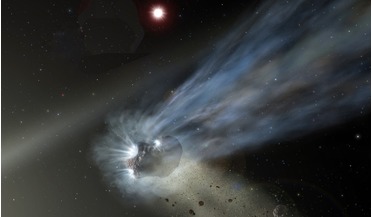 20 April 2020
New research shows interstellar visitor 21/Borisov is not your average comet
20 April 2020
New research shows interstellar visitor 21/Borisov is not your average comet
... Space Telescope (HST) and the Atacama Large Millimetre/submillimetre Array (ALMA), respectively to observe the comet. ...and both teams have reached the same result; 2I/Borisov has a large abundance of carbon monoxide (CO) in its coma, more so than ...
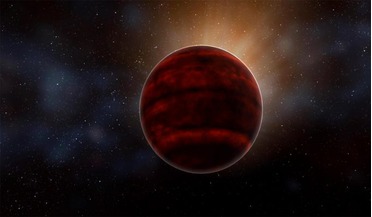 28 February 2018
Habitability of nearest exoplanet in doubt after powerful flare
28 February 2018
Habitability of nearest exoplanet in doubt after powerful flare
... complex life. The flare was detected last March by scientists observing the star with the Atacama Large Millimetre/Submillimetre Array (ALMA) and at its peak, the newly detected flare was 10 times brighter than our sun’s largest...